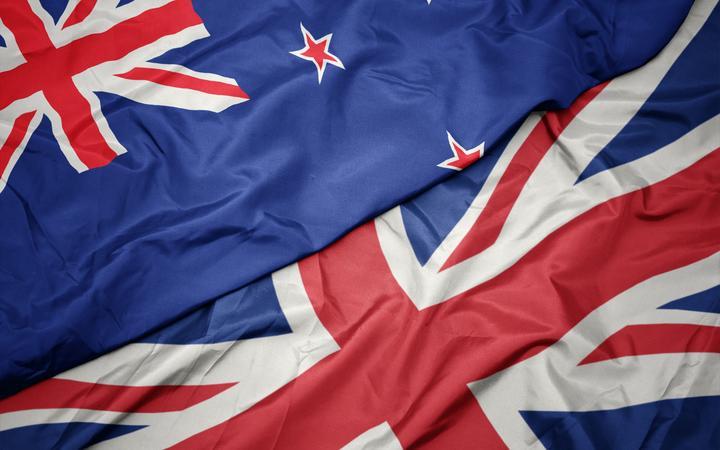International monetary system in flux
GEG hosts Professor Barry Eichengreen for roundtable on monetary and financial system
When forecasting into the future, it is often helpful to look to the past. GEG hosted noted economist and economic historian Professor Barry Eichengreen in February, and historical comparisons were central to the discussion of transformations in the international monetary and financial system. For instance, renminbi internationalization could follow the same path of the US dollar, which rose to dominance incredibly rapidly from 1917-1924. A world of multiple leading currencies could be managed smoothly, as it was in the 1920s.
Eichengreen has argued repeatedly that the international monetary system will become increasingly multipolar, with the dollar slipping from its position as exclusive and dominant international currency. Prospects for this transformation appear to have dimmed slightly, as the euro zone remains in crisis, diminishing the euro’s attractiveness as a reserve currency.
What about Chinese renminbi internationalization? Eichengreen, who has written extensively about the possibility and process of internationalizing China’s currency, stressed that currencies require three things to internationalize: size, stability and liquidity. While China certainly has the size and could have the necessary stability, it may lack the liquidity.
But efforts continue apace to increase the renminbi’s international footprint: on March 23 the first trading hub for the currency in the Americas was opened in Toronto. Internationalization is driven by a diverse coalition of interests within China: in addition to the trade and prestige benefits, some within China see the process of internationalizing the renminbi as a lever for pushing domestic economic reform.
The US Treasury does not appear to see moves towards renminbi internationalization as particularly threatening. Perhaps this is because the RMB still lags too far behind to be a competitor. As of 2014, China’s currency still only accounts for 1.4% of global payments. The US dollar accounted for 42.5%. The Treasury’s calm also reflects the fact that it does not see the currencies as being in a zero-sum competition. The greater liquidity provided by more international currencies could be a net benefit for all.
New global and regional monetary institutions are also emerging, as the legitimacy of the IMF remains low, especially among emerging and developing countries: the BRICS Contingent Reserve Asset arrangement (CRA) and the Chiang Mai Initiative (CMI) in Asia, for instance. However, Eichengreen expressed scepticism about these regional arrangements, reservations he has also expressed elsewhere. He argued that neighbours will struggle, politically, to impose the sorts of conditions on each other that make monetary assistance credible (see further: the euro zone). How likely is it, he asked, that China will impose conditions on Russia in the context of a CRA lending program?
The international monetary system is shifting, though the speed and direction of that transformation are still unclear. Scholars and analysts will be closely following market developments, but, as the roundtable discussion with Professor Eichengreen made clear, they should also be looking to history to understand these changes.





